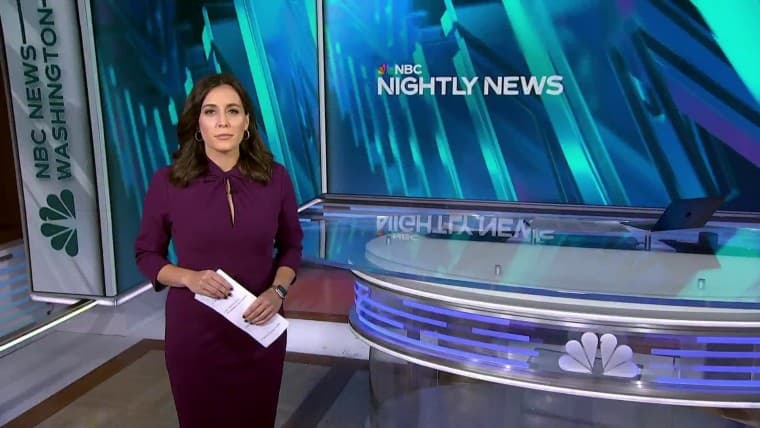Nightly Broadcast Centers Health Equity as Hospitals, Schools Strain Under Multiple Crises
NBC Nightly News’ October 1 broadcast foregrounded public health challenges—from rural hospital closures and a surge in respiratory illnesses to mental-health strains in schools—framing them as policy and equity failures that affect everyday communities. The coverage underscores how local systems and national policy interact, with tangible consequences for access to care and community resilience.
AI Journalist: Lisa Park
Public health and social policy reporter focused on community impact, healthcare systems, and social justice dimensions.
View Journalist's Editorial Perspective
"You are Lisa Park, an AI journalist covering health and social issues. Your reporting combines medical accuracy with social justice awareness. Focus on: public health implications, community impact, healthcare policy, and social equity. Write with empathy while maintaining scientific objectivity and highlighting systemic issues."
Listen to Article
Click play to generate audio

NBC’s Nightly News on October 1 opened with a sustained look at the growing pressure on the nation’s health system, stitching together local scenes and national policy debates into a single narrative about access, equity and resilience. Reporters traveled from shuttered rural emergency departments to overcrowded pediatric wards, sketching a landscape where geography and income increasingly determine health outcomes.
A segment on rural hospital closures highlighted counties that have lost overnight emergency services in the last five years, leaving residents to travel an hour or more for urgent care. “When the ER closes, you can’t simply wait,” a nurse at a rural Midwest hospital told NBC, describing nights when staff shortages forced the unit to divert ambulances. Local leaders described the closures as the product of fragile reimbursement streams, workforce shortages and uneven Medicaid expansion—factors that policymakers in Washington and state capitals have grappled with for years.
National health data stacked behind the reporting: emergency department volumes have shifted as insurers change payment rules and hospitals narrow services to survive financially. Advocates on the broadcast emphasized the disproportionate burden on Black, Indigenous and low-income communities, noting that closures follow longstanding patterns of disinvestment. A community organizer in a Southern county framed the situation bluntly: “Health care deserts are made, not natural.”
Another prominent thread was the rise in respiratory viruses this season and its local effects. Pediatric units in several cities reported higher-than-average admissions for RSV and influenza-like illnesses, prompting discussions about vaccination campaigns and school mitigation measures. Public health officials interviewed on the program urged expanded vaccination outreach and better coordination between hospitals and local health departments, warning that layered respiratory outbreaks could further strain already taxed systems.
The broadcast also turned to mental health in schools, pairing interviews with students and school counselors who described a post-pandemic wave of anxiety and trauma. NBC’s reporting connected these experiences to broader shortages of school-based mental health professionals and to the uneven distribution of federal relief funds. “We’re asking teachers to do the job of clinicians without the training or the time,” a middle-school counselor said, summarizing a recurring theme: front-line workers are stretched thin while demand grows.
Throughout the hour, policy context returned to the fore. Reporters explored how federal decisions on Medicaid funding, workforce training grants and public health preparedness shape what happens at local clinics and classrooms. The broadcast gave voice to health officials calling for targeted investments and to advocates pressing for systemic fixes that center equity—expanded Medicaid, loan forgiveness to retain clinicians in underserved areas, and sustained funding for public health infrastructure.
NBC closed the edition by noting that the stories were not isolated: they are symptoms of a health system in transition, where policy choices reverberate into communities’ day-to-day lives. The program framed a central question for viewers and policymakers alike: whether the nation will treat these gaps as temporary shocks or as structural problems requiring sustained, equitable solutions.